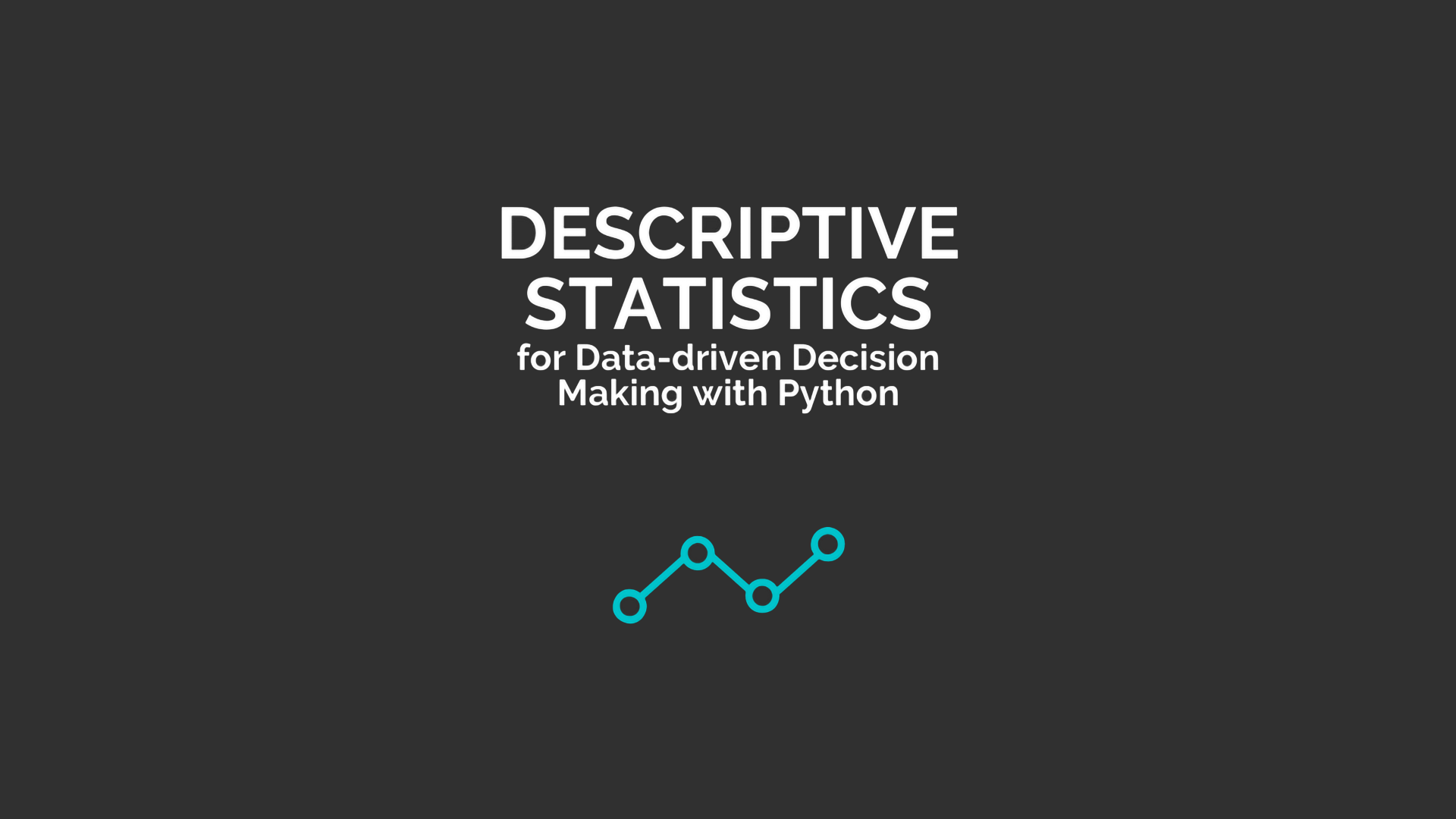
The Ultimate Guide to the SQL WHERE Clause for Data Science
Author(s): Suraj Jha
Originally published on Towards AI.
Learn how to filter data efficiently in SQL with powerful techniques and real-world examples for data science.
The WHERE clause is the part of the SELECT statement that is used to list conditions that determine which rows in the table should be included in the result set.
In short, we can say it is used for filtering the database.
In the previous tutorial, we already covered all the basic concepts of the SELECT statement. In case you missed it, just check it out below.
If you are familiar with any programming language, you have already encountered conditional statements like IF statements, which use Boolean logic (‘AND’, ‘OR’) to decide which action to take based on whether the conditions are fulfilled.
Similarly, SQL uses Boolean logic to check data against the conditions in the WHERE clause to determine whether each row should be included in the output.
As a data scientist, you will use the WHERE clause In almost every query you write.
Because it accomplishes tasks like narrowing down categories and showing filtered results, it is also used to train predictive models in the field of data science.
The WHERE clause should be written after the FROM statement and before the GROUP BY, ORDER BY, or LIMIT statements.
SELECT [columns to return]FROM [table]WHERE [conditional filter statements]ORDER BY [columns to sort… Read the full blog for free on Medium.
Join thousands of data leaders on the AI newsletter. Join over 80,000 subscribers and keep up to date with the latest developments in AI. From research to projects and ideas. If you are building an AI startup, an AI-related product, or a service, we invite you to consider becoming a sponsor.
Published via Towards AI
Take our 90+ lesson From Beginner to Advanced LLM Developer Certification: From choosing a project to deploying a working product this is the most comprehensive and practical LLM course out there!
Towards AI has published Building LLMs for Production—our 470+ page guide to mastering LLMs with practical projects and expert insights!

Discover Your Dream AI Career at Towards AI Jobs
Towards AI has built a jobs board tailored specifically to Machine Learning and Data Science Jobs and Skills. Our software searches for live AI jobs each hour, labels and categorises them and makes them easily searchable. Explore over 40,000 live jobs today with Towards AI Jobs!
Note: Content contains the views of the contributing authors and not Towards AI.














